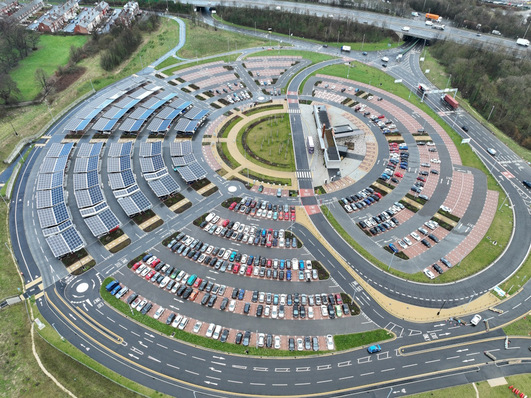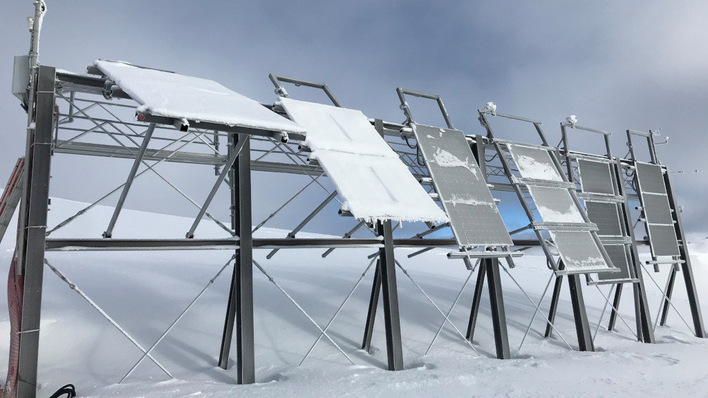Negotiations on the warranty provisions for photovoltaic panels can often seem very complicated. The line between reality and fiction is not always clear. Making the wrong choice puts a project at risk of hidden clauses and often useless coverage and false promises.
In general, the warranty reflects a manufacturer's confidence in their product and does not have to be a shot in the dark, granted that facility owners, investors, developers and EPC companies focus on three important factors:
It is not uncommon for manufacturers of solar panels to be on the verge of bankruptcy. How does this affect the warranties? Every manufacturer is obliged to maintain certain liquidity reserves to cover warranty claims. But if a large part of the financial resources are tied up in debt servicing, this can pose a major challenge.
Costs can increase
Manufacturers therefore often buy OEM insurance (insurance for original equipment manufacturers) to cover warranty claims. This is often seen as advantageous. The fact is, however, that warranties covered by such an insurance policy can drive up the price of the panels. The inclusion of a third level (including fine print to limit payouts) can also slow down the processing of claims.
It is crucial to note that such warranties covered by insurance do not always cover the rights of third parties, which guarantees direct payments to affected facility owners in the event of the manufacturer's insolvency. Unfortunately, there is a clear and present risk of bankruptcy in the photovoltaic industry.
Unnecessary provisions
Some warranties include provisions that may be unnecessary or even redundant. They appear to be an insurance benefit, but they are not. Product warranties for defects due to manufacturing process faults generally are valid for a period of five to 25 years. They cover the repair, replacement or refund either at a lower price or at market rates.
It is important to note that some faults have a negative effect on performance from the moment the panels are installed. Others only emerge after one or two years. In practice, ten years is more than enough time to identify defects from the manufacturing process. One could argue that a longer period of validity would be redundant due to the existing performance warranty.
Two-year product warranty
More seasoned sectors such as the gas turbine industry generally offer a product warranty of no more than two years. A longer warranty period usually only compensates for the lack of proven and long-term reliability.
Manufacturers also give warranties for the performance of solar panels. If a module does not perform as required, manufacturers should offer a combination of material and financial compensation. However, hidden provisions may further reduce the amount of compensation actually paid out.
The author is Timo Möller, Global Director for Customer Support, Product Field Performance and Commitments at First Solar. In May 2006 he joined the American panel manufacturer and EPC. Prior to that, he worked in technical support at BASF.
Stay informed, get our newsletter twice a week.
Register here: http://www.pveurope.eu/Newsletter
Related news:
https://www.pveurope.eu/solar-modules/solar-modules-our-insight-stories-at-a-glance







